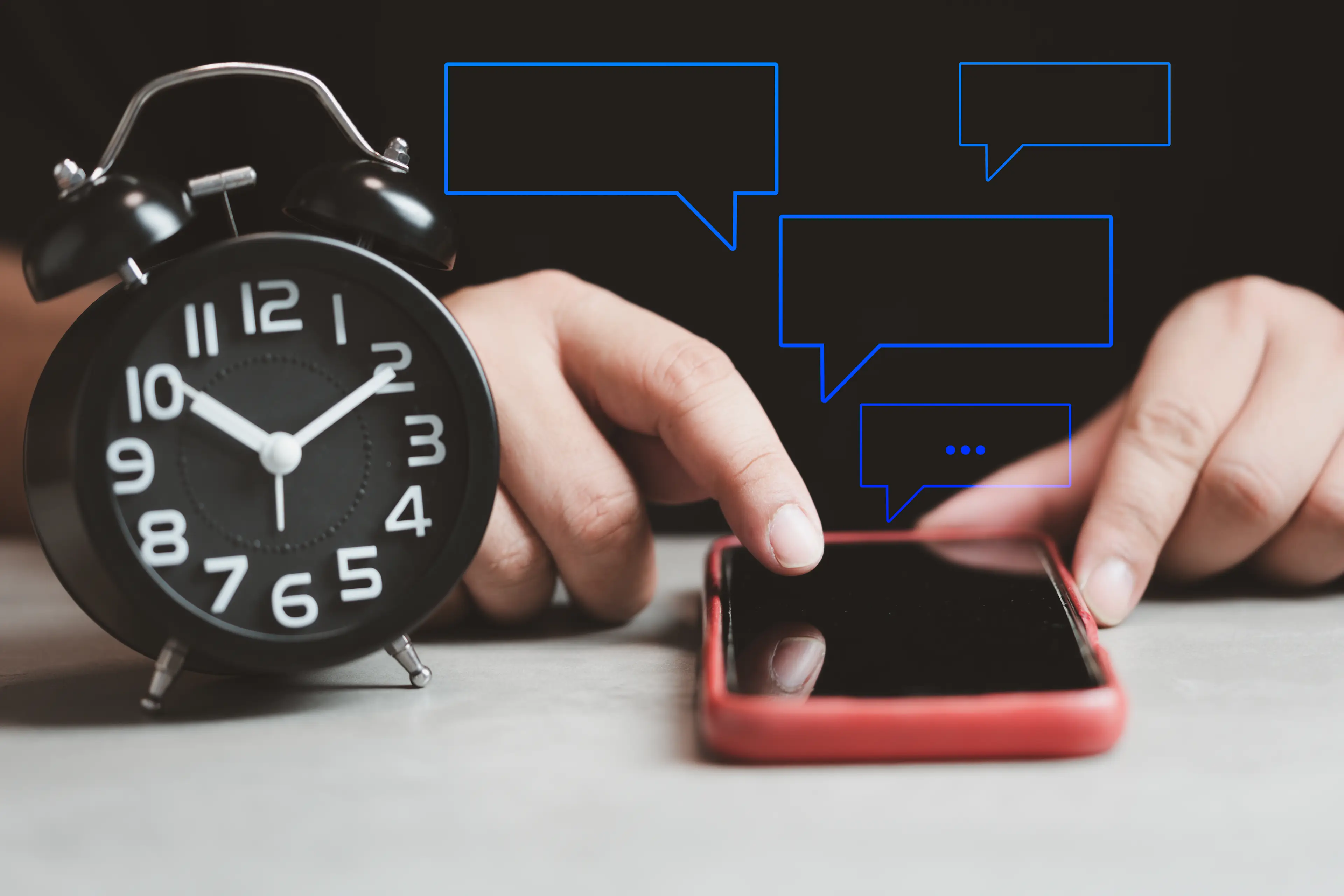Unify your marketing and advertising teams. Save costs by up to 50% and boost marketing ROI.
Streamline organic and paid campaign orchestration across 30+ channels with a unified AI-powered platform. Unlock higher productivity, faster go-to-market and better brand governance.

Why Audience Profiling Should Be A Key Part of Your Paid Media Strategy
Everyone is talking about the death of organic reach in social.
The graph below from Social@Ogilvy shows the steady decline in Facebook’s organic reach over the past couple of years. In 2012, organic reach of content published from brand pages was about 16%; by February of 2014, it hit just 2% for large pages with more than 500,000 Likes. Similarly, X, formerly Twitter has said that an algorithm to reduce the visibility of organic content is probably in the cards for the future.
Most marketers aren’t happy about this; after investing significant time, money, and energy into building their social communities, they now have to pay to get their content seen. Others say deal with it; after all, what did you expect?
Paid social media advertising is now the most effective way to get your content seen and nurture your social community. But in order to get your money’s worth, it’s critical to deliver content that resonates with customers – content that is hyper-relevant and personalized.
The best way to do this is through rigorous audience profiling in your social media marketing platform, which involves building audience segments based on keyword use, demographics, sharing habits, interests, how often users interact on social, affinity with certain brands, and more.
Integrating paid advertising and social media audience profiling allows brands to deliver highly-targeted advertising content for maximum results. Here’s more about how audience profile and segmentation works.
The Value of Real-Time Audience Profiling
Ideally, your social media management platform will allow you to organize audience profiles in real-time; for example, by automatically adding consumers that use a particular hashtag or engage with a specific piece of content to your pre-defined audience buckets.
An online sporting goods brand can create segments for its social audience according to gender and favorite sport (determined by social listening), establish a rule that funnels any X, formerly Twitter user that mentions one of the sports with positive sentiment into their respective buckets, and then serve ads tailored to women soccer lovers, male basketball enthusiasts, and so on.
Keep in mind that this kind of audience profiling requires data around a minimum of 5k to 10k social users in order to produce a segment that will generate meaningful results, so it works best when analyzing popular topics like sports.
Real-time audience profiling enables your segmenting to be constantly up-to-date, and you’ll avoid the common pitfall of targeting users based on old, irrelevant data. When you combine sophisticated audience profiling with paid social you can deliver content perfectly tailored to each group’s needs, maximizing engagement and paid advertising ROI.
What Audience Profiling and Paid Social Advertising Integration Actually Looks Like
Imagine that a leading insurance brand analyzed its customer base 12 months ago. It employed various listening platforms to collate historical public social data, and its analysts used offline software to define audience segments.
When the profiling was complete, they found that a large segment of their social audience was interested in golf. This was no surprise; in fact, the brand had sponsored golf tournaments for many years. But their analysis also revealed that another portion of their audience had no interest in golf.
The brand then used paid social and dark posts (promoted posts that don’t show up in your page’s news feed) for better targeting. This strategy worked at first, but soon golf-related content stopped performing as well.
The company could respond in a couple ways: they could test different types of content, or they could profile the audience again using the same manual method that requires disparate tools. Either way, it could take a long time to find a new content topic that their audience will respond to.
When using a single platform that integrates listening, audience profiling, and paid media, the result is very different.
Over the last year or so there have been reports that cycling is replacing golf as the sport of businessmen and entrepreneurs, and audience profiling that tracks hashtag use and keyword mentions through the brand’s social media platform confirmed this trend.
The brand can configure their integrated platform to monitor a variety of different athletic events and track how they resonate with its core audience. As the audience slowly becomes disinterested in golf and starts to follow and respond to cycling content, teams can be automatically alerted and respond accordingly with relevant content.
For example, they can introduce cycling content and explore sponsoring cycling events. Instead of a drop in engagement and conversions, they’ll ride the rise of the cycling trend.
—
A few months back, we touched on the problems that occur when listening and paid are managed separately. Often, the listening and strategy teams perform offline audience profiling and segmentation using historical data before handing it over to the paid team to execute promoted activity.
Without an integrated system, it’s virtually impossible to keep track of data on audience segments or perform a complete, cross-channel analysis of your audience. Moreover, audience profiling winds up being incomplete, time consuming, and quickly outdated.
An integrated paid and audience profiling setup makes the initial segmentation just the beginning. The platform can then be configured to enrich your audience profiles with the data gathered from any social interaction with your customers. Instead of a yearly initiative that produces static information, responsive audience segments will make your paid media more efficient and keep your customers engaged with relevant content.

